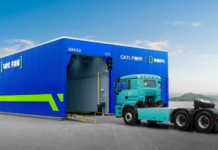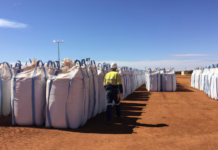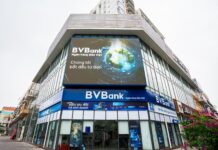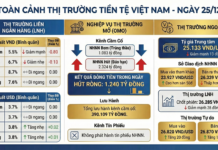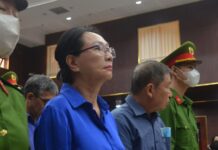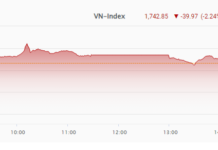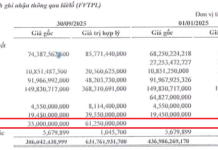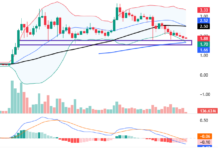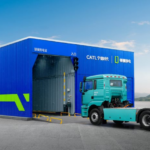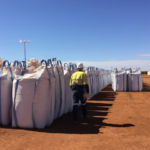Hanoi’s master plan emphasizes the crucial role of the urban railway system as the “backbone” of the city’s transport infrastructure. The development of this system is an objective necessity and a vital driver for the city’s socioeconomic growth strategy in the coming years.
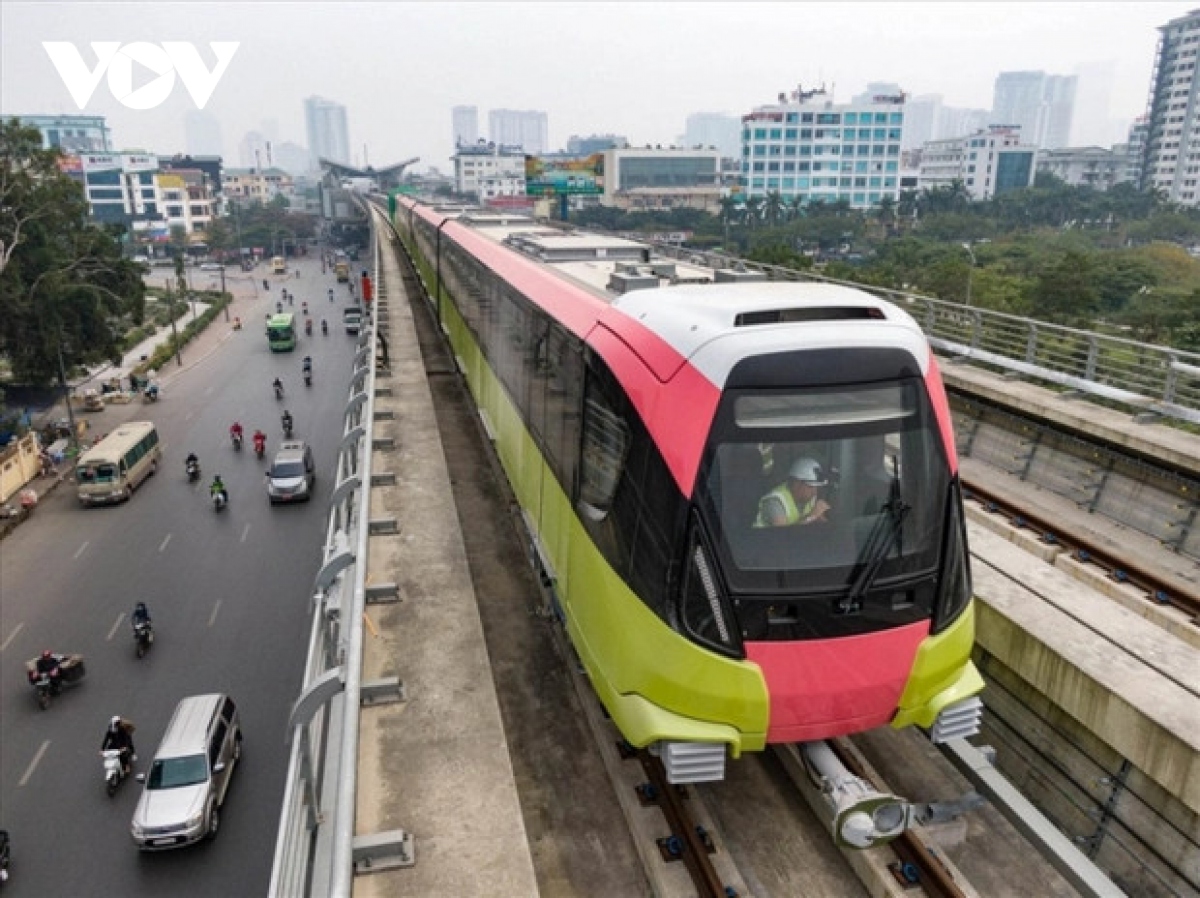
Hanoi aims to complete its urban railway network by 2035
This development is closely linked to urban growth, environmental protection, and industrialization, creating a driving force for the expansion of the capital region.
The project sets goals for 2025, including the construction of Line 2’s Nam Thang Long – Tran Hung Dao section. Hanoi will also initiate investment proposals for urban railway lines with investment plans before 2030. Additionally, they will work towards completing and issuing resolutions on mechanisms, policies, and special treatment for urban railways to expedite preparation and investment processes.
By 2030, the city aims to construct and operate approximately 96/397km (24%) of the remaining lines. Simultaneously, investment proposals will be developed, and construction will commence on urban railway lines with investment plans before 2035.
Mr. Tran Sy Thanh, Chairman of the Hanoi People’s Committee, stated, “The implementation of the urban railway system requires further research and improvement to meet future demands. We aim to complete Hanoi’s urban railway network by 2035.”
Band: Conclusion 49 also acknowledges that after 15 years of implementing Conclusion 27 on railway development, expectations have not been met. This is attributed to insufficient resource mobilization and the lack of breakthrough policies.

